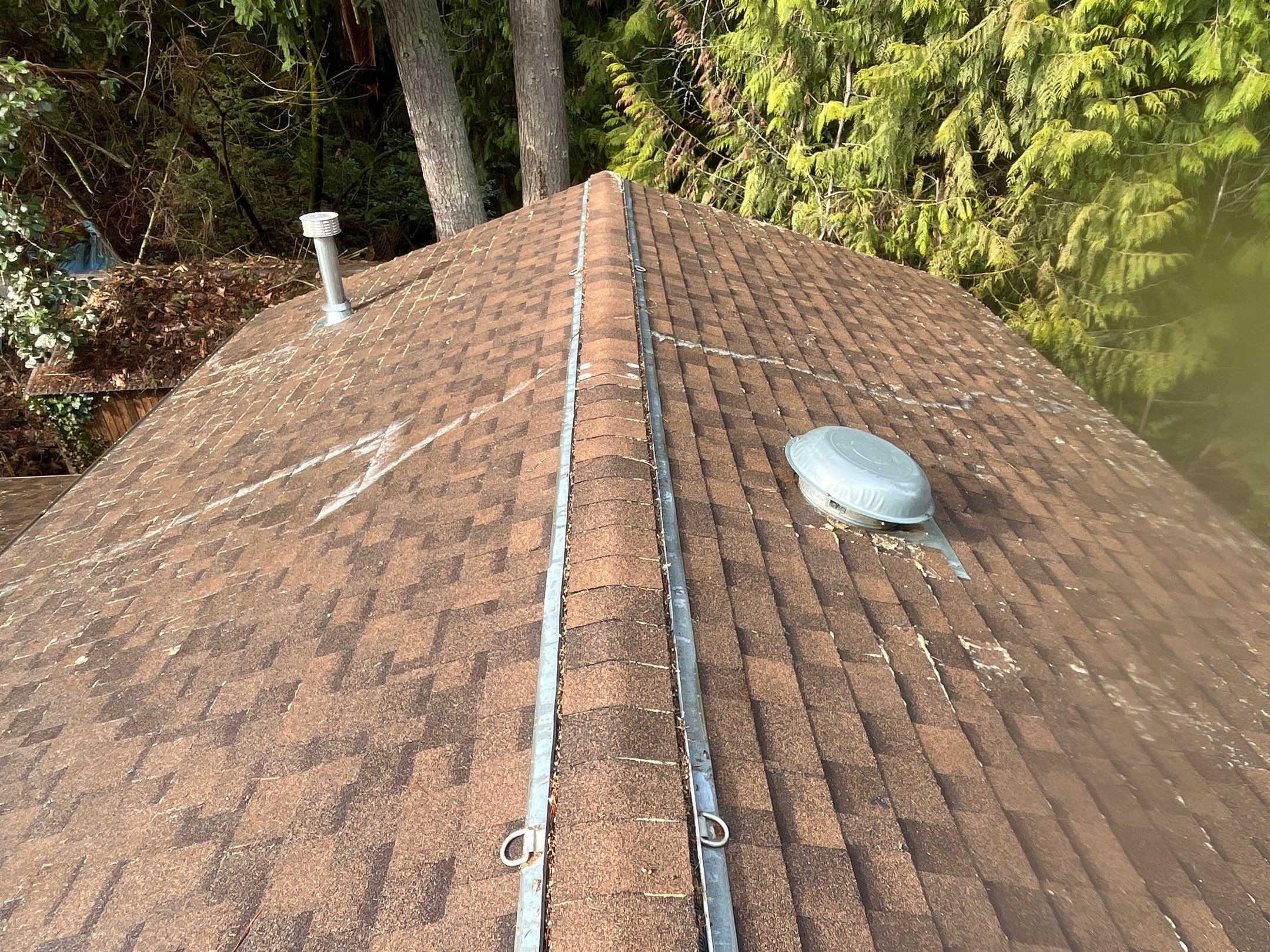How to Anchor to a Roof: A Point-by-Point Guide
Introduction
Anchoring to a roof is crucial for various tasks, such as installing equipment, safety measures, or performing maintenance. Proper anchoring ensures stability and safety while working at heights. Here’s a step-by-step guide to anchoring securely to a roof.

1. Assess the Roof Structure
Inspect the Roof: Examine the roof to determine its type (e.g., flat, pitched) and material (e.g., shingles, metal). This will influence your choice of anchor type.
Locate Support Structures: Identify structural elements like rafters or trusses, which are crucial for securing anchors.
2. Choose the Right Anchor
Types of Anchors:
Roof Anchors: Designed specifically for roofs, they attach to the roofing structure.
Expansion Anchors: Used for attaching to solid materials, expanding as you tighten them.
Concrete Screws: For concrete roofs, they provide a secure hold.
Adhesive Anchors: Use a strong adhesive to bond anchors to surfaces.
3. Prepare the Roof
Clean the Surface: Ensure the area where you plan to anchor is clean and dry. Remove debris, dust, and any loose materials.
Check for Damage: Ensure the roof is in good condition and free from damage that could affect anchor stability.
4. Install the Anchor
Mark the Placement: Use a pencil or chalk to mark where the anchor will be installed. Ensure it aligns with structural support if applicable.
Drill Holes: If using expansion anchors or concrete screws, drill holes into the roof at the marked locations. Use the appropriate drill bit size.
Secure the Anchor: Insert the anchor into the drilled hole. For expansion anchors, tighten the bolt to expand the anchor. For adhesive anchors, apply the adhesive and let it cure according to the manufacturer’s instructions.
5. Test the Anchor
Check Stability: Once installed, pull or shake the anchor to ensure it’s secure and does not move. It should be firmly attached without any wobble.
Load Test: If possible, apply a gradual load to the anchor to ensure it can handle the expected weight or stress.
6. Attach Safety Equipment
Use a Safety Harness: If working at heights, always wear a safety harness connected to the anchor.
Check Connections: Ensure all safety equipment is properly connected and adjusted.
7. Maintain and Inspect Regularly
Regular Inspections: Periodically check the anchor and roof for wear or damage. Ensure the anchor remains secure and functional.
Maintenance: Repair or replace any damaged parts to maintain safety and functionality.
8. Follow Safety Guidelines
Wear Protective Gear: Use helmets, gloves, and other safety gear as needed.
Follow Manufacturer Instructions: Always adhere to the instructions provided with the anchor and any tools used. more read
FAQ: How to Anchor to a Roof
Q1: Why is proper anchoring to a roof important?
Proper anchoring is crucial for safety and stability when working at heights. It ensures that equipment or individuals are securely attached to the roof, reducing the risk of falls or accidents and providing a stable base for tasks.
Q2: What types of anchors are suitable for roofs?
Common types of roof anchors include:
- Roof Anchors: Specifically designed for roof applications.
- Expansion Anchors: Expand in the hole to provide a secure fit.
- Concrete Screws: Used for concrete or masonry roofs.
- Adhesive Anchors: Bond to surfaces using strong adhesives.
Q3: How do I choose the right anchor for my roof?
Choose an anchor based on the roof type and material:
- For Shingle or Metal Roofs: Use roof-specific anchors or expansion anchors.
- For Concrete Roofs: Opt for concrete screws or adhesive anchors.
- Consider Structural Support: Ensure the anchor is attached to a structural element like rafters or trusses for maximum stability.
Q4: How do I install an anchor on a roof?
Mark the Placement: Determine and mark where the anchor will go.
Drill Holes: Drill holes at the marked locations if needed.
Secure the Anchor: Insert and tighten the anchor, or apply adhesive as per instructions.
Test Stability: Check the anchor’s stability and perform a load test if applicable.
Q5: What safety precautions should I take when anchoring to a roof?
- Wear Protective Gear: Use helmets, harnesses, and gloves.
- Check Stability: Ensure the anchor is secure and stable before use.
- Follow manufacturer instructions: Adhere to the installation and safety guidelines provided by the anchor.
Q6: How can I maintain and inspect roof anchors?
- Regular Inspections: Periodically check the anchor and roof for damage or wear.
- Perform Maintenance: Repair or replace damaged components to ensure ongoing safety and effectiveness.
Q7: What should I do if an anchor fails or seems unstable?
- Cease Use Immediately: Stop using the anchor and remove any attached equipment.
- Inspect the Anchor: Check for signs of damage or incorrect installation.
- Reinstall or Replace: If necessary, reinstall or replace the anchor following proper guidelines, and ensure the installation meets safety standards.
Q8: Can I anchor to a roof without drilling?
- Adhesive Anchors: These can be used without drilling, but require proper surface preparation and curing time.
- Temporary Solutions: Some temporary anchoring solutions might not require drilling but may not offer the same level of stability.
Conclusion
Properly anchoring to a roof is essential for ensuring safety and stability when working at heights. By following these steps and using the right equipment, you can securely anchor to a roof and perform your tasks safely. Regular maintenance and adherence to safety guidelines will help maintain the integrity of your anchoring system.


